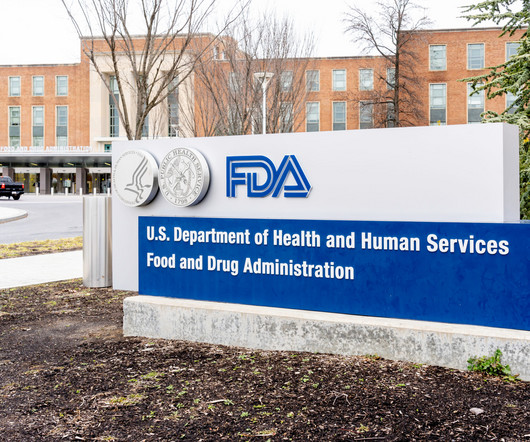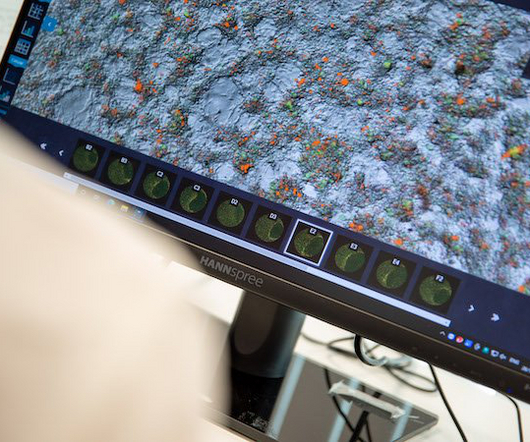Exa-Cel CRISPR Gene Therapy for Sickle Cell Disease Deemed Safe by FDA Advisory Panel
XTalks
NOVEMBER 3, 2023
CRISPR works as genetic scissors to edit parts of the genome. The CRISPR-Cas9 gene editing system was first discovered to be endogenous in bacteria. The FDA scientists agreed that Vertex’s clinical trial results, made available in documents published last week, were “strongly positive.”












Let's personalize your content